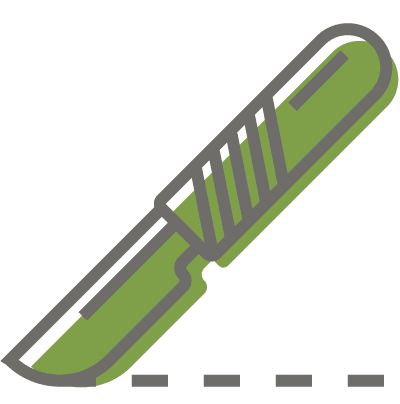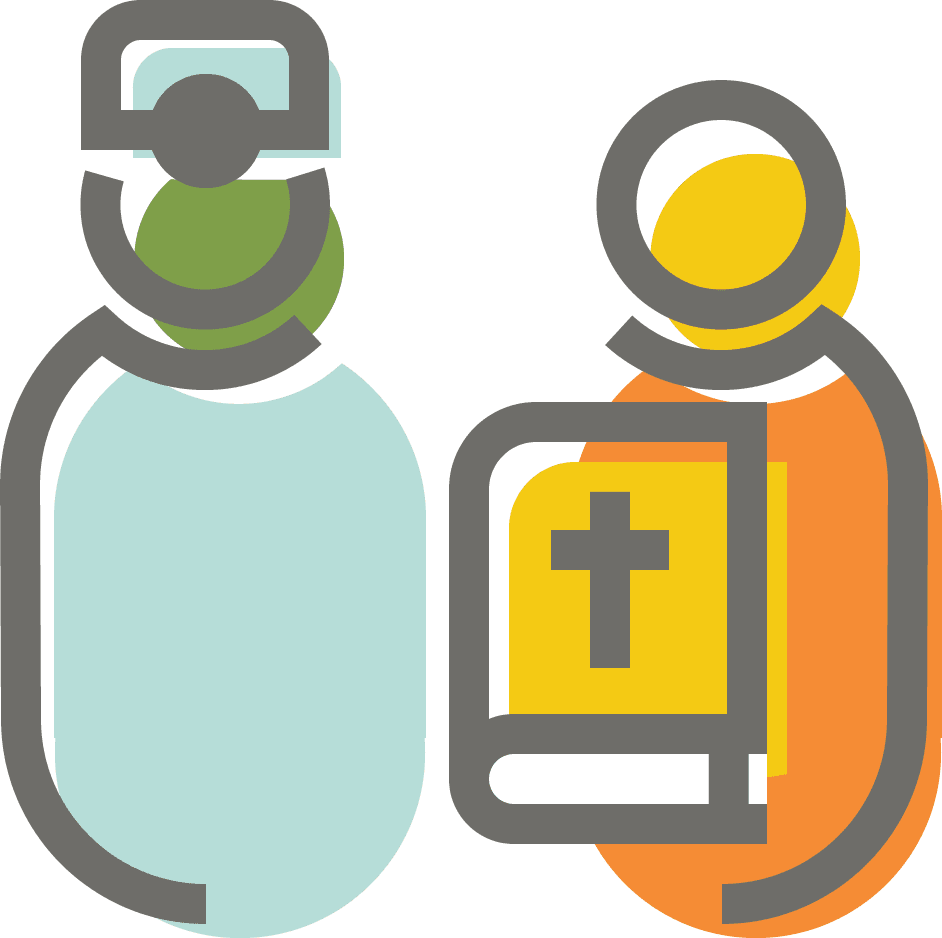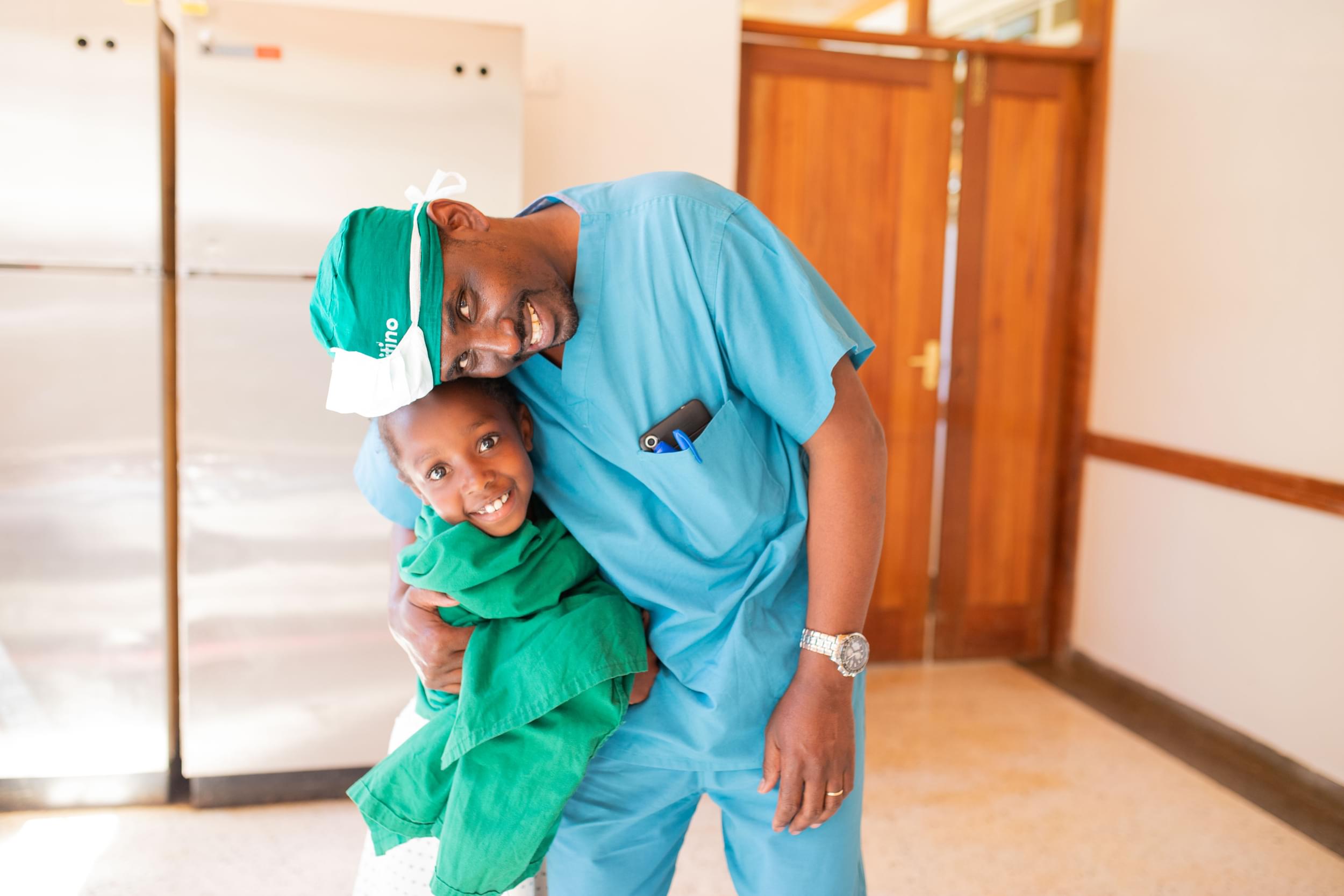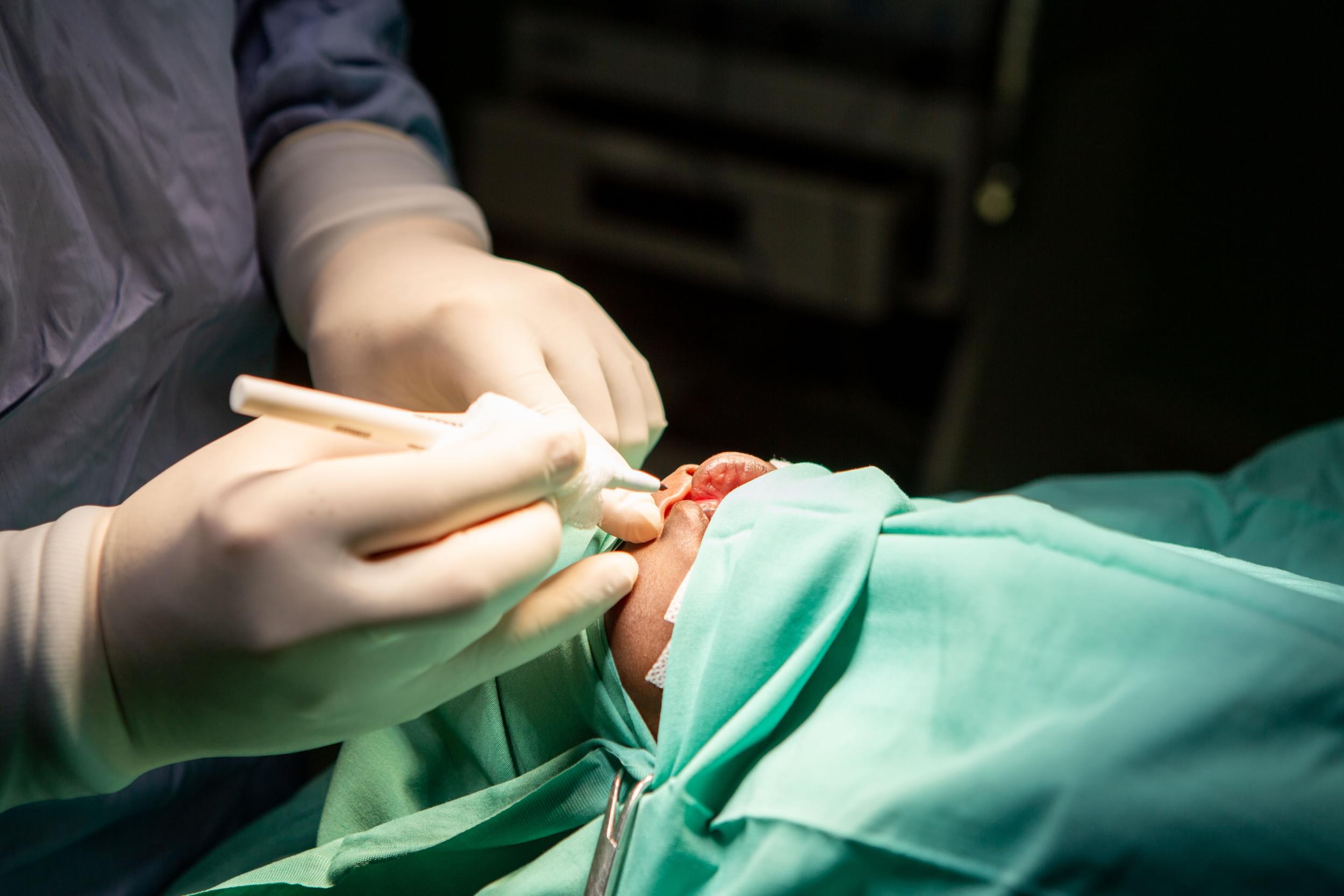Cleft Lip
Cleft lip is a congenital condition characterized by an opening or split on the upper lip. There are two kinds of cleft lip: unilateral, when an opening or split occurs on only one side of the mouth, and bilateral, when the opening or separation occurs on both sides.

What issues do children with a cleft lip face?
Without medical intervention, children with cleft lip can face a lifetime of disability.
Stigma
Children with cleft lip often experience stigma and discrimination, leading to poor self-confidence and isolation.
Vulnerable to Infections
Children with cleft lip may be more prone to infections, and difficulty eating leads to frequent illness–especially in infants.
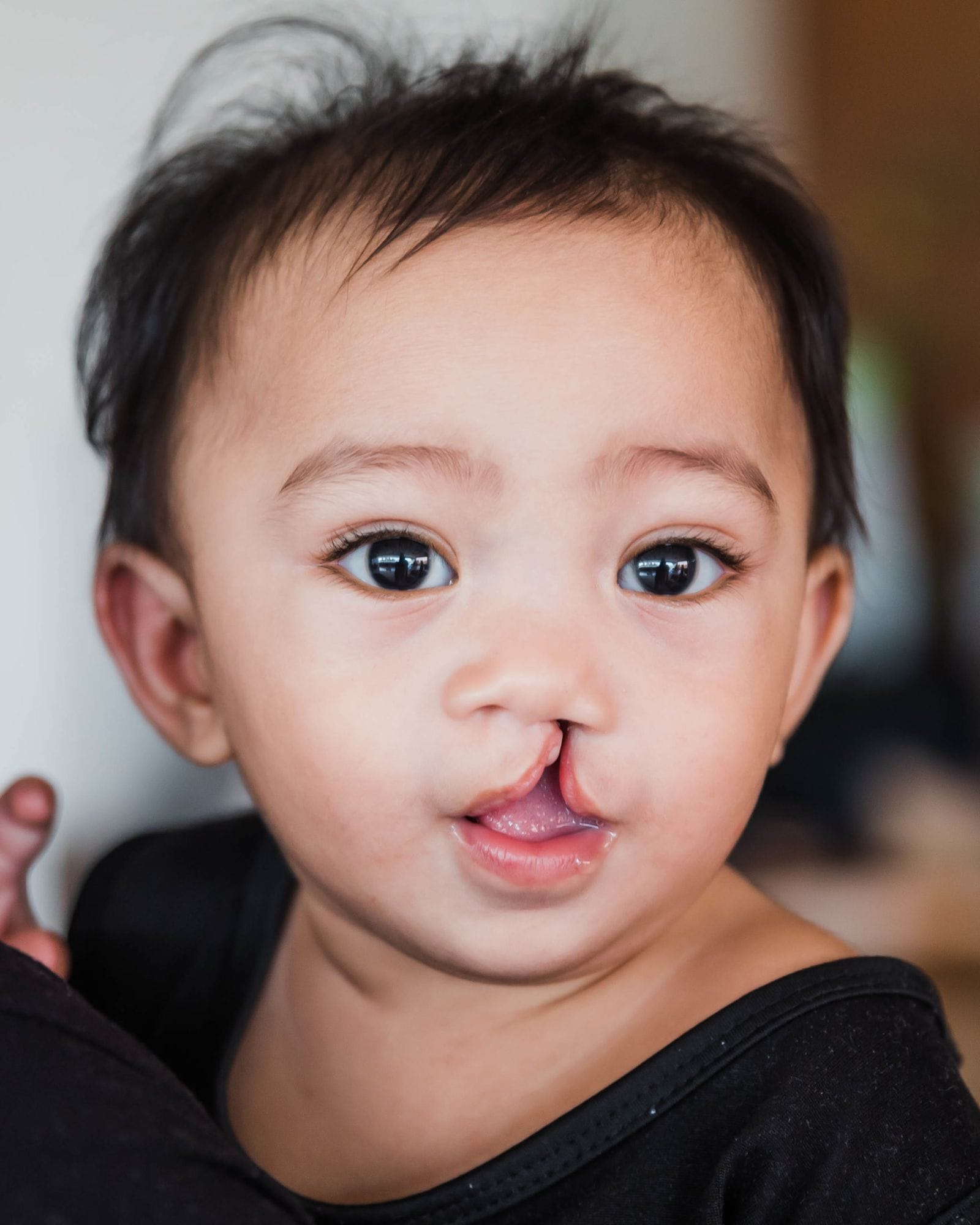
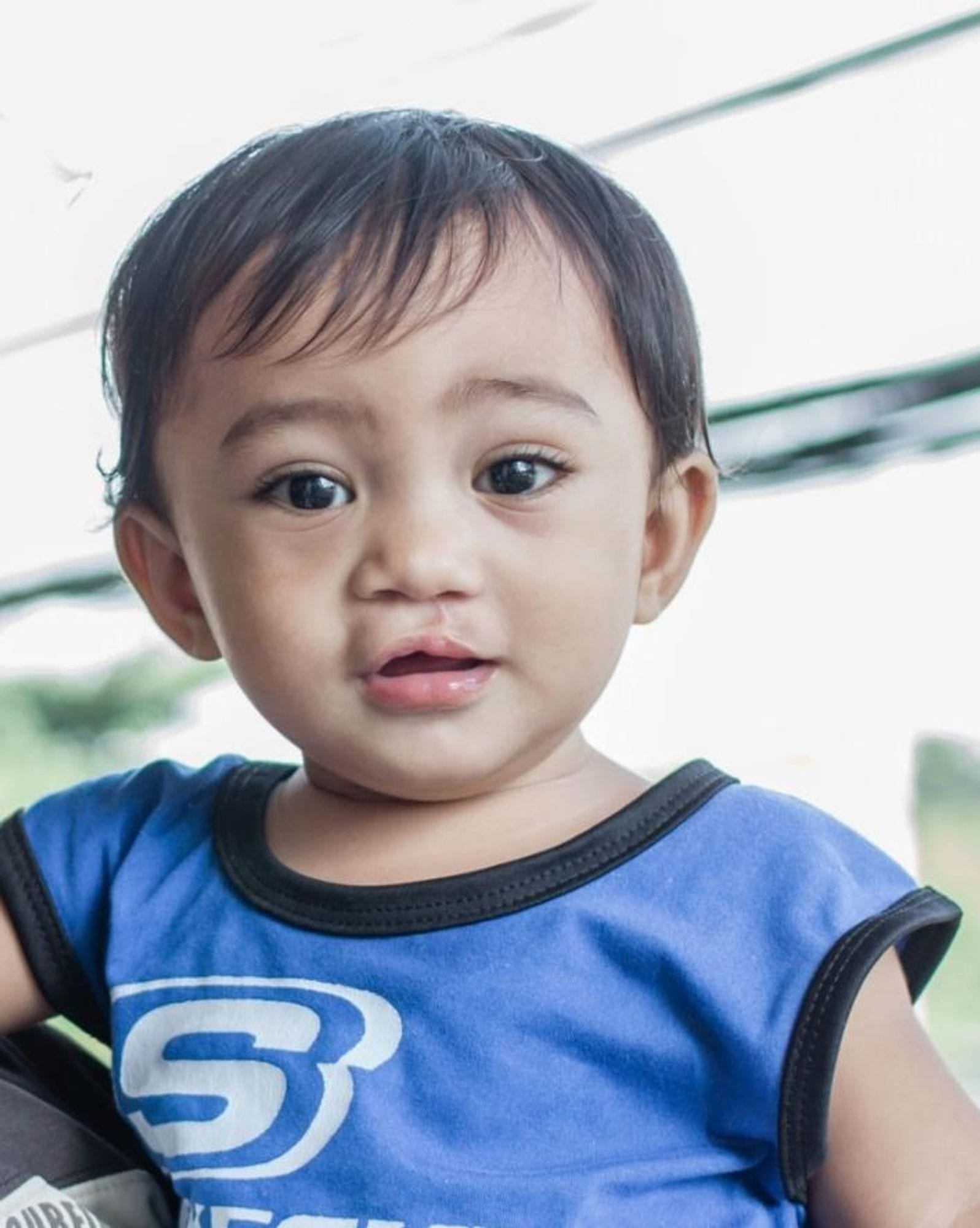
CUREkid Spotlight, Cleft Lip
Zane | Tebow CURE Philippines
Before Surgery
When Zane was born with a cleft lip, his parents worried about the challenges he would likely face as a result—difficulty eating and exclusion from community life.
After Surgery
Tebow CURE surgeons repaired Zane’s lip, and the ministry team encouraged his parents through prayer and counseling. Today, Zane is happy and smiling!

“A child with a cleft lip doesn’t have any functional problems, but it’s a terrible facial disfigurement. So, that will have a big effect on the child and their family as they grow up. Every parent wants their child to be perfect and beautiful, and it can have a devastating effect when they have a child who’s born with a cleft lip and palate, to the point that some of them may even abandon their child. Often the child doesn’t end up finishing their education because they get teased or bullied at school.”
— Dr. Andrew Hodges, Lead Plastic & Reconstructive Surgeon – CURE International


